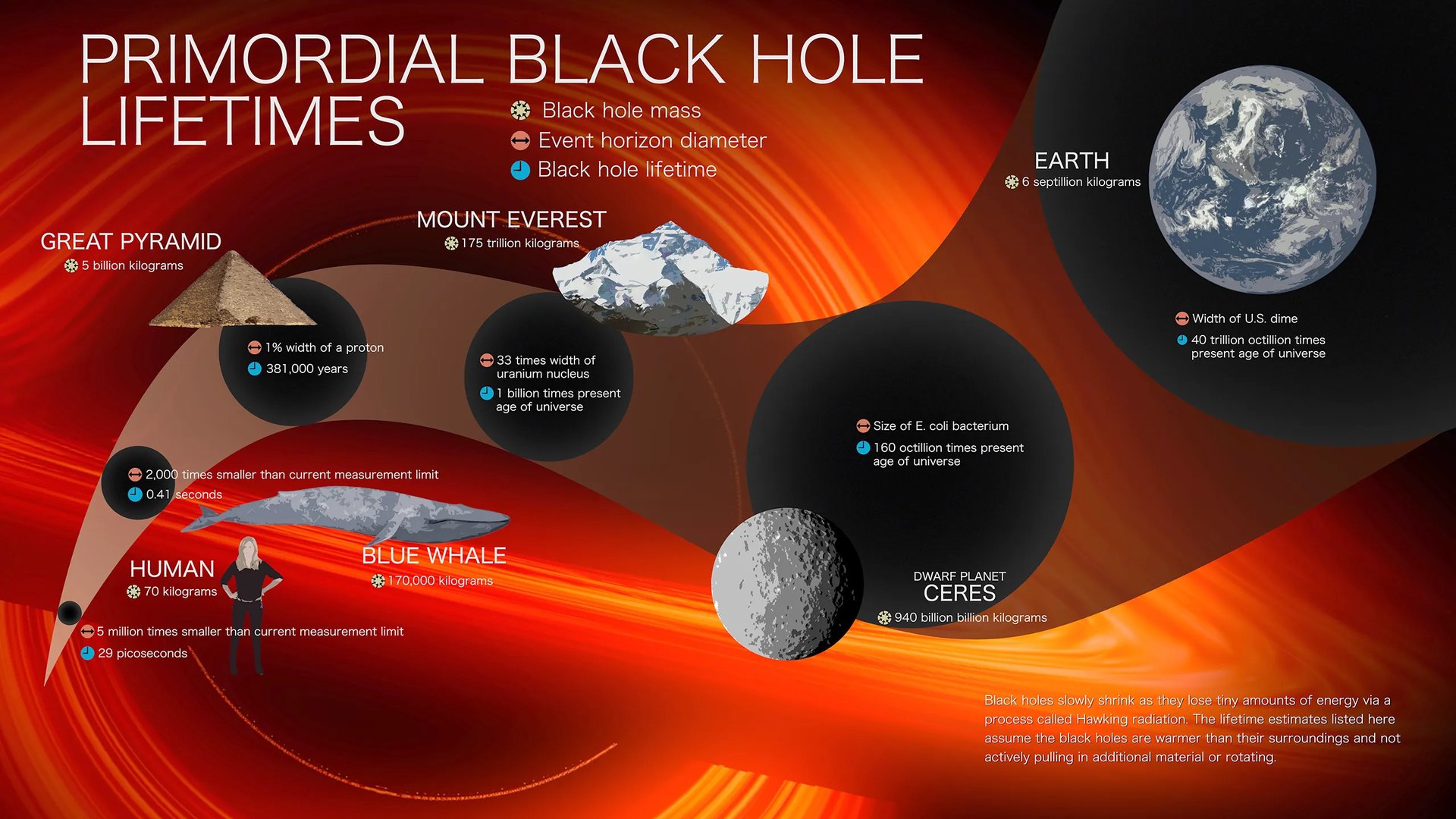
Plenty of groups have been theorizing about Primordial Black Holes (PBHs) recently. That is in part because of their candidacy as a potential source of dark matter. But, if they existed, they also had other roles to play in the early universe. According to a recent draft paper released on arXiv by Jeremy Mould and Adam Batten of Swinburne University, one of those roles could be as the seeds that eventually form both quasars and radio galaxies.
Continue reading
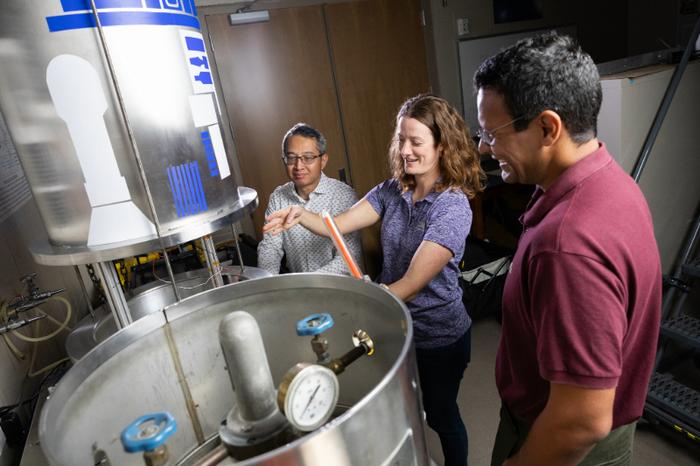
Collaboration has always been a hallmark of space research. Experts in different disciplines come together to work towards a common goal, and many times achieve that. One of the current goals of space exploration is long-term settlement of the Moon, and in order to achieve that goal, engineers and astronauts will have to deal with one of the thorniest problems on that otherworldly body - dust. Lunar dust is much harder to deal with that Earth’s equivalent, as it is sharp, charged, and sticks to everything, including biological tissue such as lungs, and even relatively smooth surfaces like glass. Several research groups are working on mitigation techniques that can deal with lunar dust, but a new cross-collaborative group from the University of Central Florida is developing a coating, testing it, and simulating all in one project, with the hopes that someday their solution will make it easier for astronauts to explore our nearest neighbor.
Continue reading
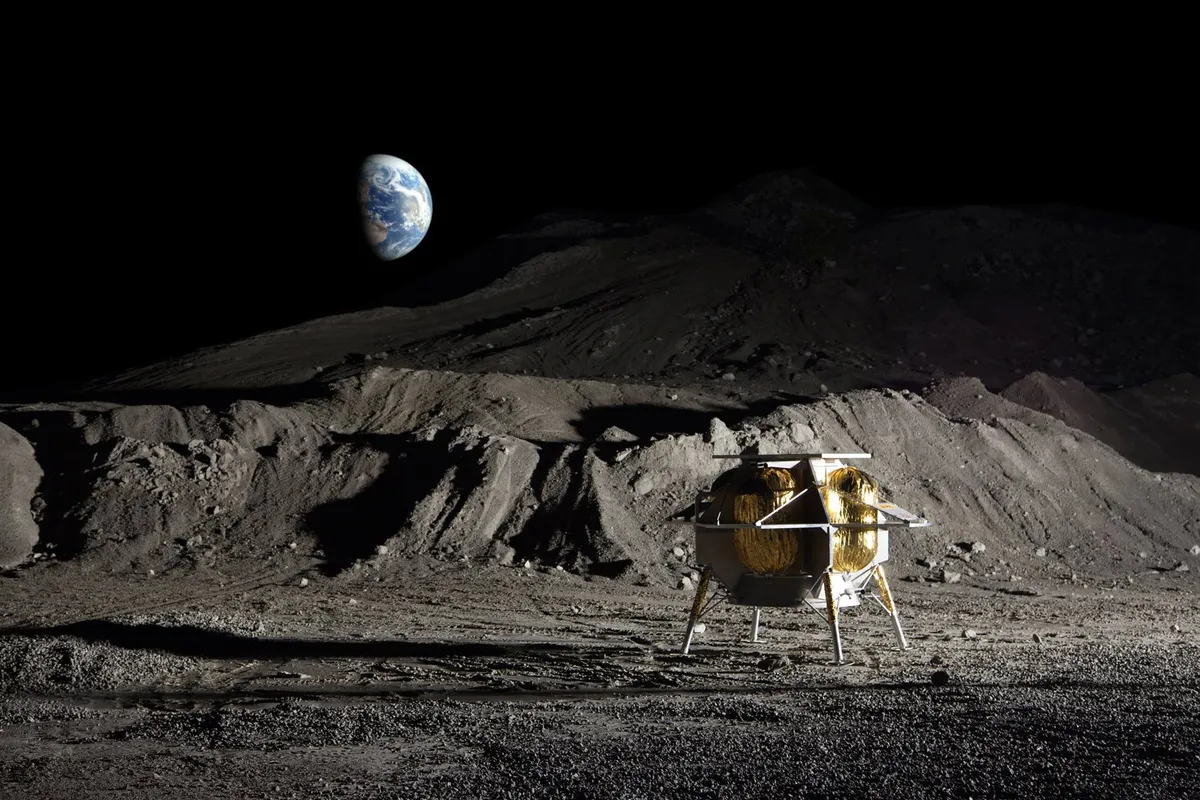
In January of 2024, the company Astrobiotic was set to make history with the first privately-developed lander, named Peregrine, to reach the Lunar surface, sent aboard a United Launch Alliance’s Vulcan Centaur rocket.
Continue reading
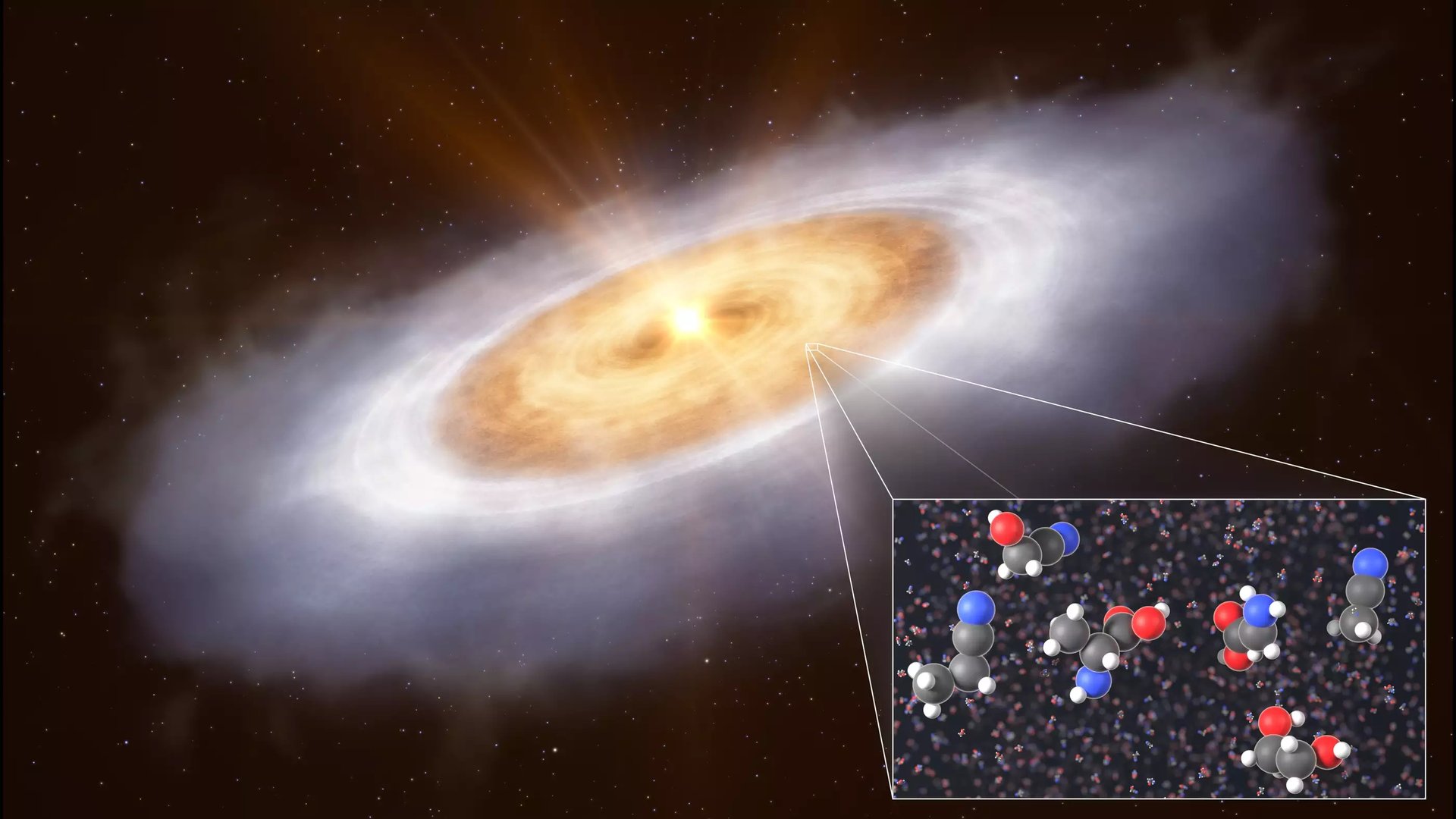
In the young V883 Orionis system, ALMA observations have revealed signatures of complex organic compounds such as ethylene glycol and glycolonitrile – potential precursors to amino acids, DNA, and RNA. These findings indicate that the building blocks of life may not be limited to local conditions but could form widely throughout the Universe under suitable circumstances.
Continue reading
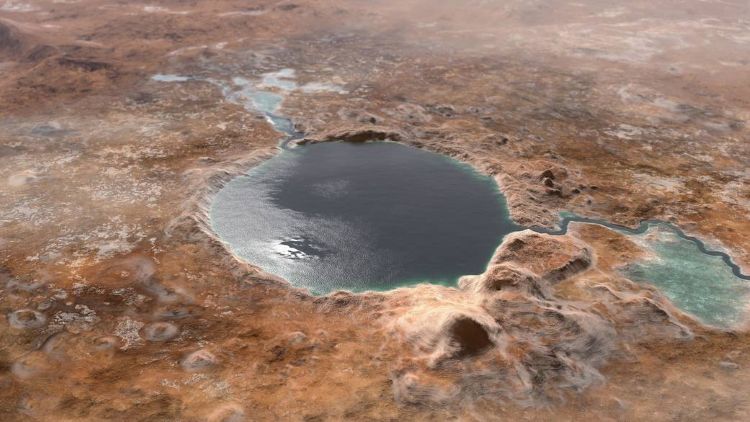
What can brine (extra salty) water teach scientists about finding past, or even present, life on Mars? This is what a recent study published in Communications Earth & Environment hopes to address as a researcher from the University of Arkansas investigated the formation of brines using 50-year-old data. This study has the potential to help researchers better understand how past data can be used to gain greater insights on the formation and evolution of surface brines on the surface of Mars.
Continue reading
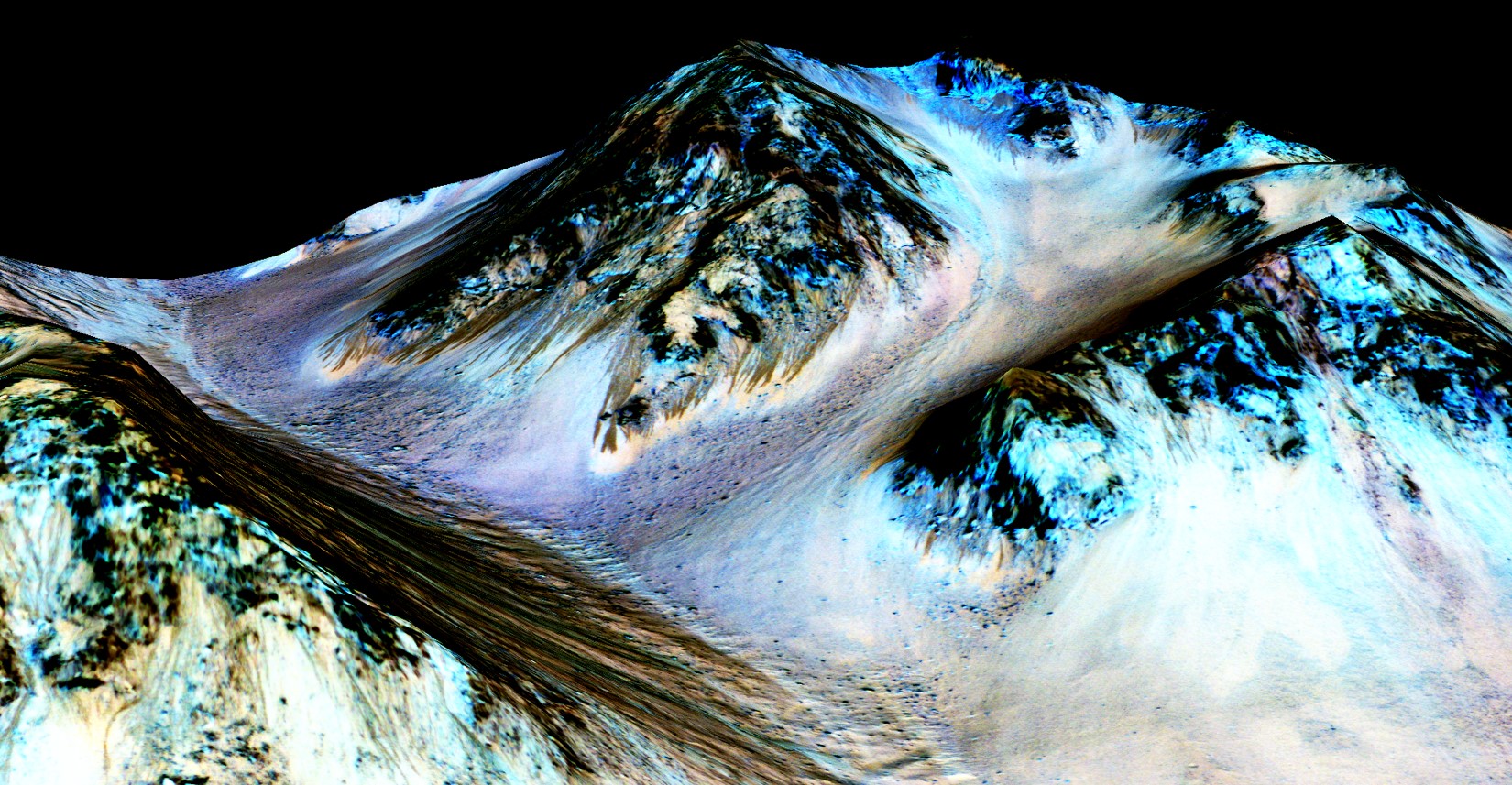
Los Angeles CA (SPX) Jul 22, 2025
Recent research led by Vincent Chevrier of the University of Arkansas offers new evidence that brines-salt-rich liquid water-could form on the Martian surface under specific seasonal conditions. Drawing on decades of research, Chevrier used atmospheric data from NASA's Viking 2 lander alongside advanced computer simulations to demonstrate that seasonal frost could briefly melt, creating small qu
Continue reading
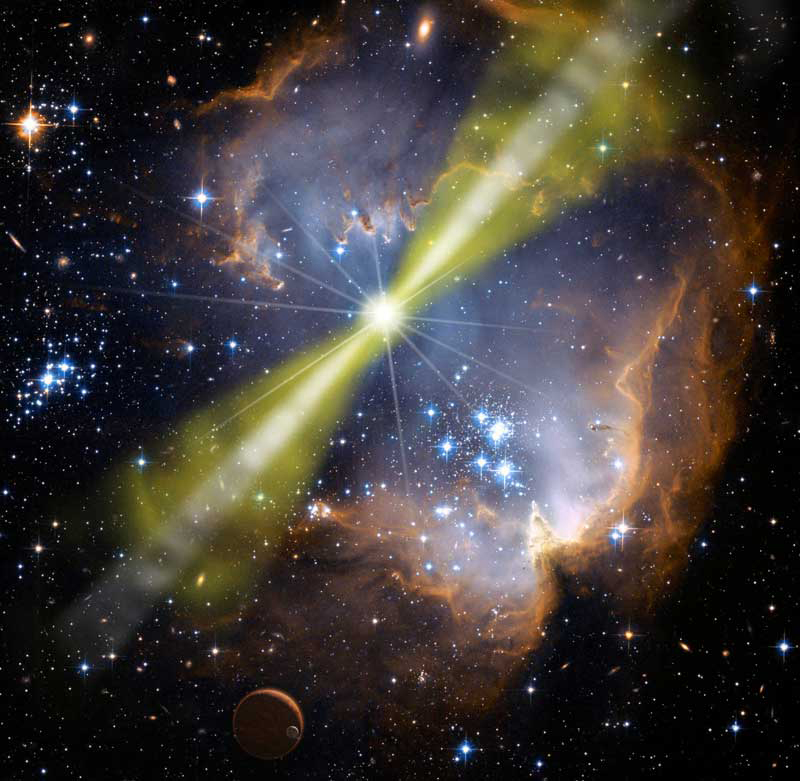
Scientists studying the brightest gamma ray burst ever recorded have discovered evidence that these explosions produce complex, layered jets rather than simple uniform beams. This remarkable finding helps solve a long standing puzzle about how the universe's most powerful explosions work and opens new possibilities for observing similar events under challenging conditions.
Continue reading

A new five year study of 13 NASA astronauts shows that their arteries remain healthy and disease free long after returning from the International Space Station, offering reassuring news for future long duration space missions and suggesting the human cardiovascular system is more resilient to spaceflight than previously thought.
Continue reading
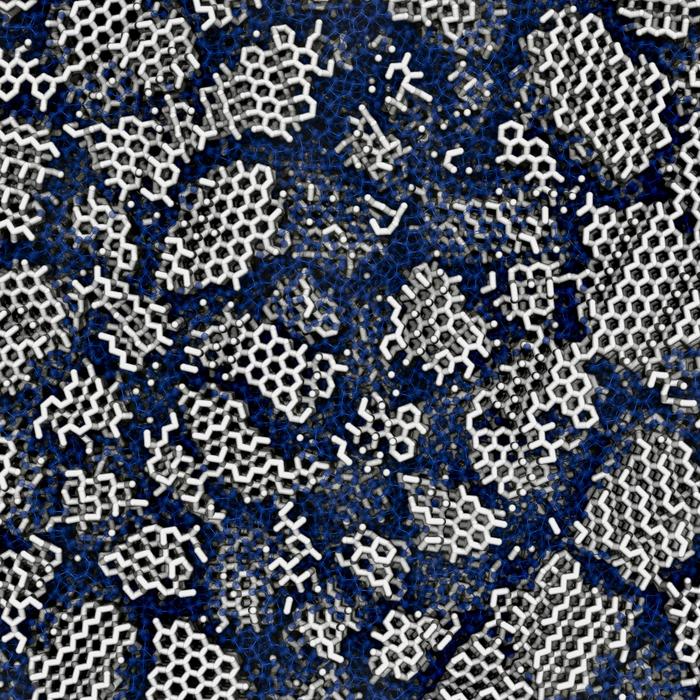
Next time you're drinking a frosty iced beverage, think about the structure of the frozen chunks chilling it down. Here on Earth, we generally see it in many forms: cubes form, sleet, snow, icicles, slabs covering lakes and rivers, and glaciers. Water ice takes all these fascinating forms, thanks to its hexagonal crystal lattice. That makes it less dense than nonfrozen water, which allows it to float in a drink, in a lake, and on the ocean.
Continue reading
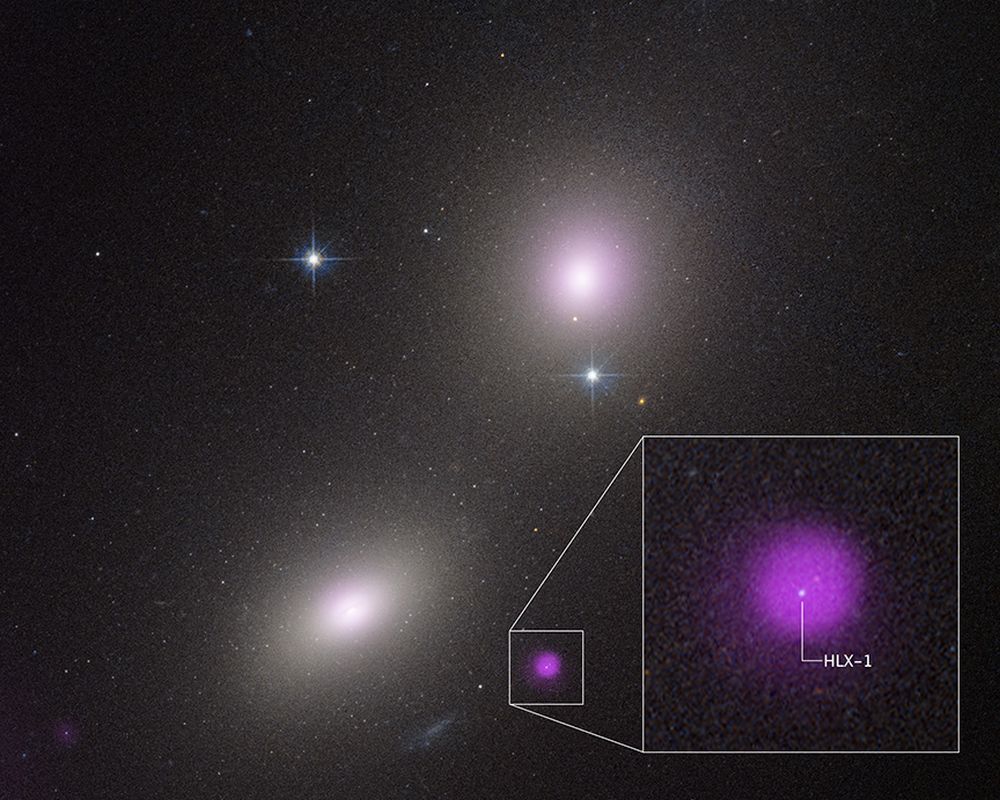
NASA'S Hubble Space Telescope and NASA's Chandra X-ray Observatory have detected evidence of what could be an Intermediate Mass Black Hole eating a star. It's in a galaxy 450 million light-years away, and unusual x-ray emissions highlight its location.
Continue reading
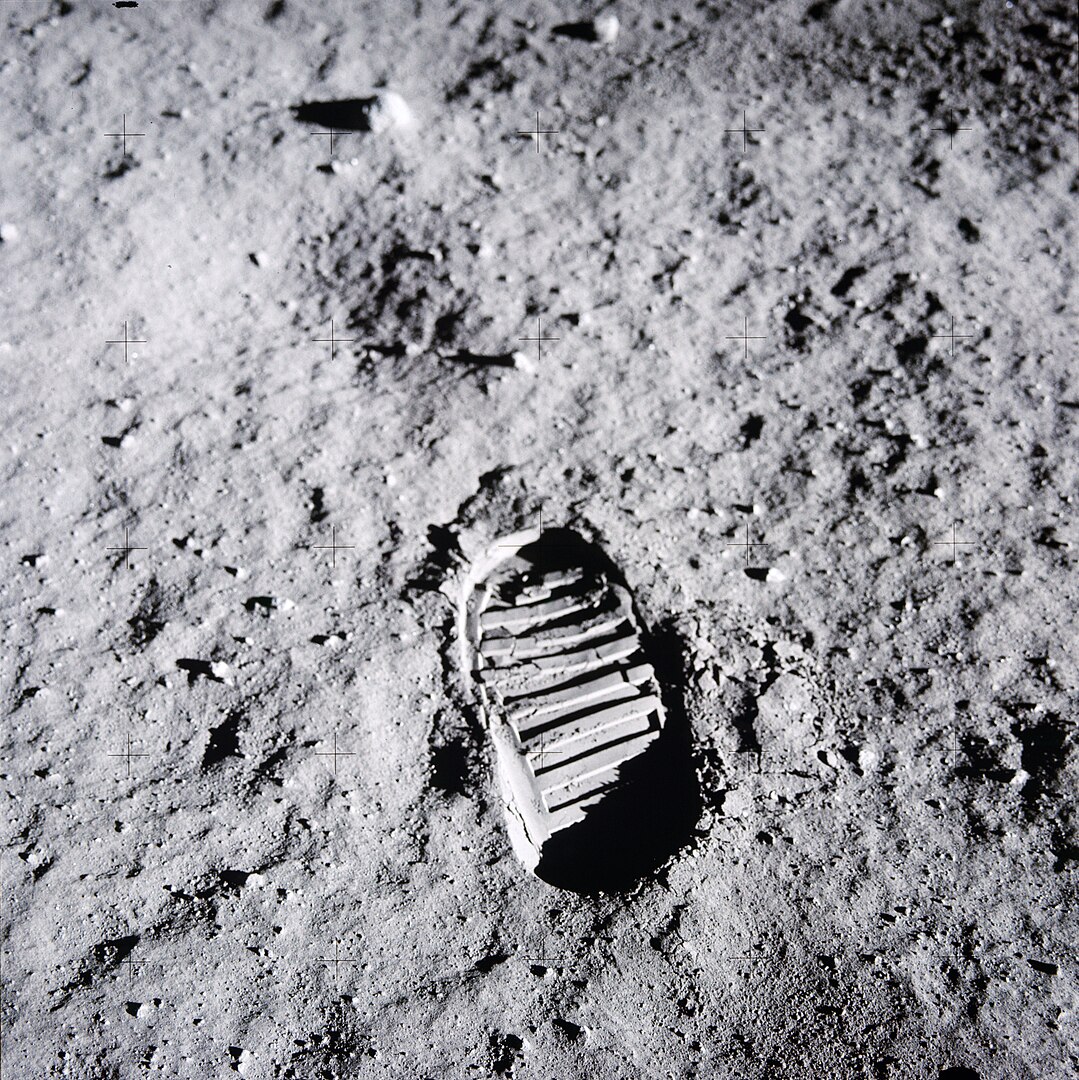
Every time a spacecraft touches down on the moon, it creates a spectacular but dangerous light show of dust and debris that could threaten future lunar bases. Now, after decades of mystery, scientists have finally figured out why these dust clouds form such distinctive patterns and the answer could be crucial for humanity's return to the Moon.
Continue reading
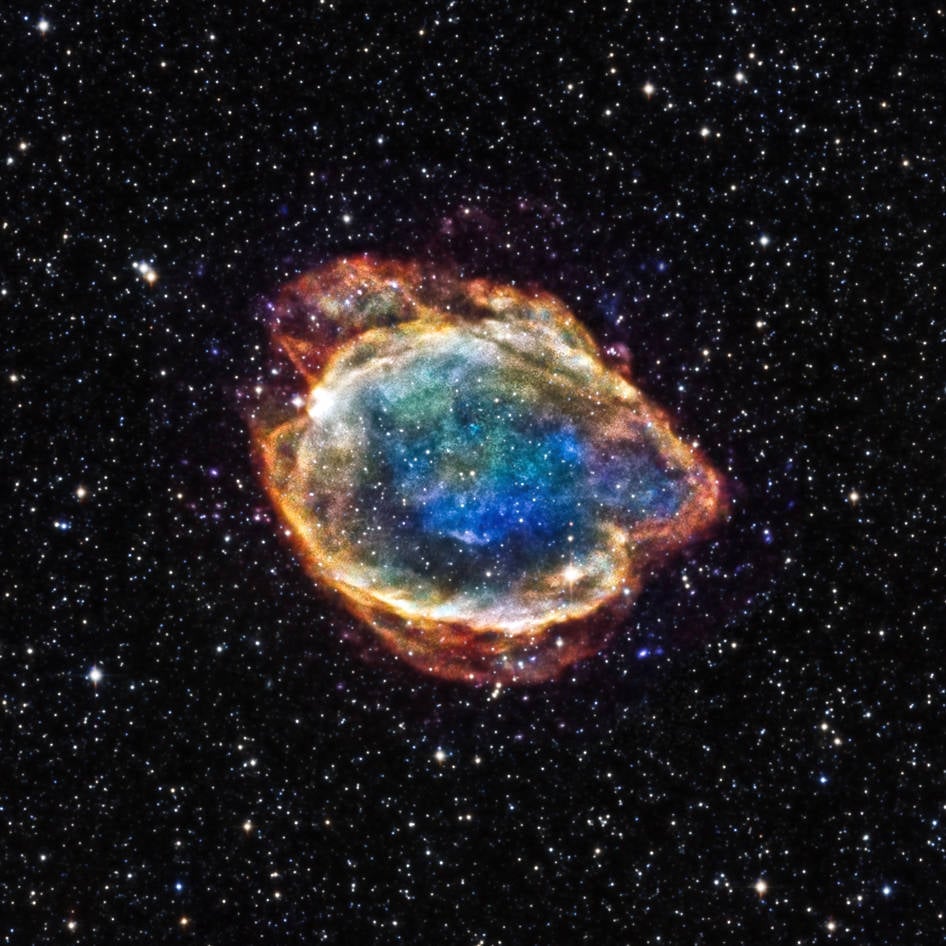
Scientists have created the largest catalogue of exploding stars ever assembled, and it's telling us something surprising about the mysterious force driving our universe apart. After analyzing over 2,000 stellar explosions spanning billions of years, researchers have found hints that dark energy, the force making up 70% of our universe, may not be the constant we once thought. Instead, it appears to be changing over time, potentially even weakening!
Continue reading
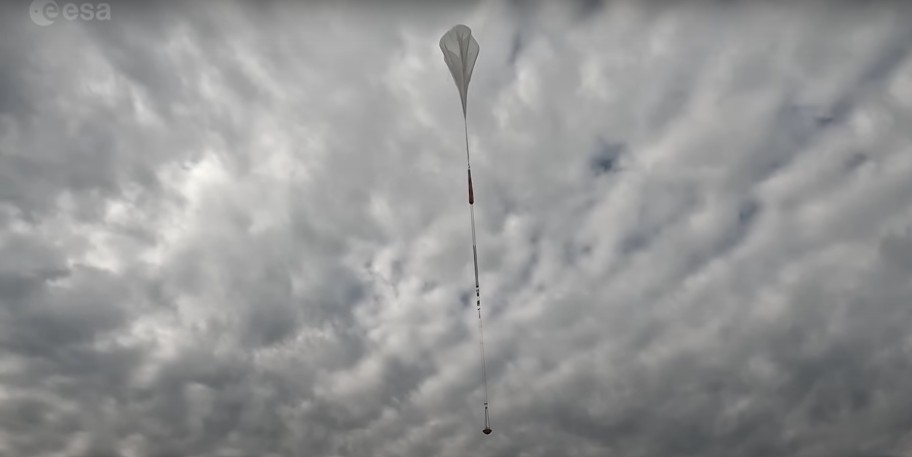
Recreating the environment that most spacecraft experience on their missions is difficult on Earth. Many times it involves large vacuum chambers or wind tunnels that are specially designed for certain kinds of tests. But sometimes, engineers get to just do larger scale versions of the things they got to do in high school. That is the case for a recent test of ExoMars’s parachute system. A team of ESA engineers and their contractors performed a scaled up egg-drop test common in physics classes across the world. Except this one involved a stratospheric balloon the size of a football field and a helicopter.
Continue reading
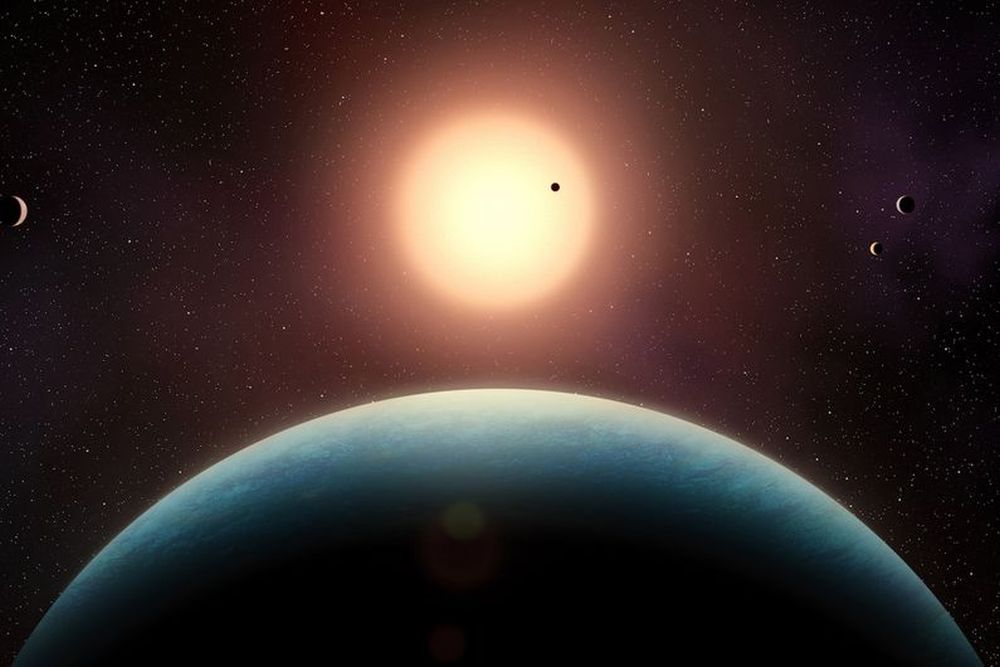
NASA's Transiting Exoplanet Survey Satellite (TESS) detected three rocky planets around the M-dwarf L 98-59 in 2019. While two are expected to be hot, rocky worlds, the third could be covered by a global ocean. A fourth planet was discovered in 2021, and now, additional study has revealed a fifth planet, a super-Earth in the star's habitable zone.
Continue reading
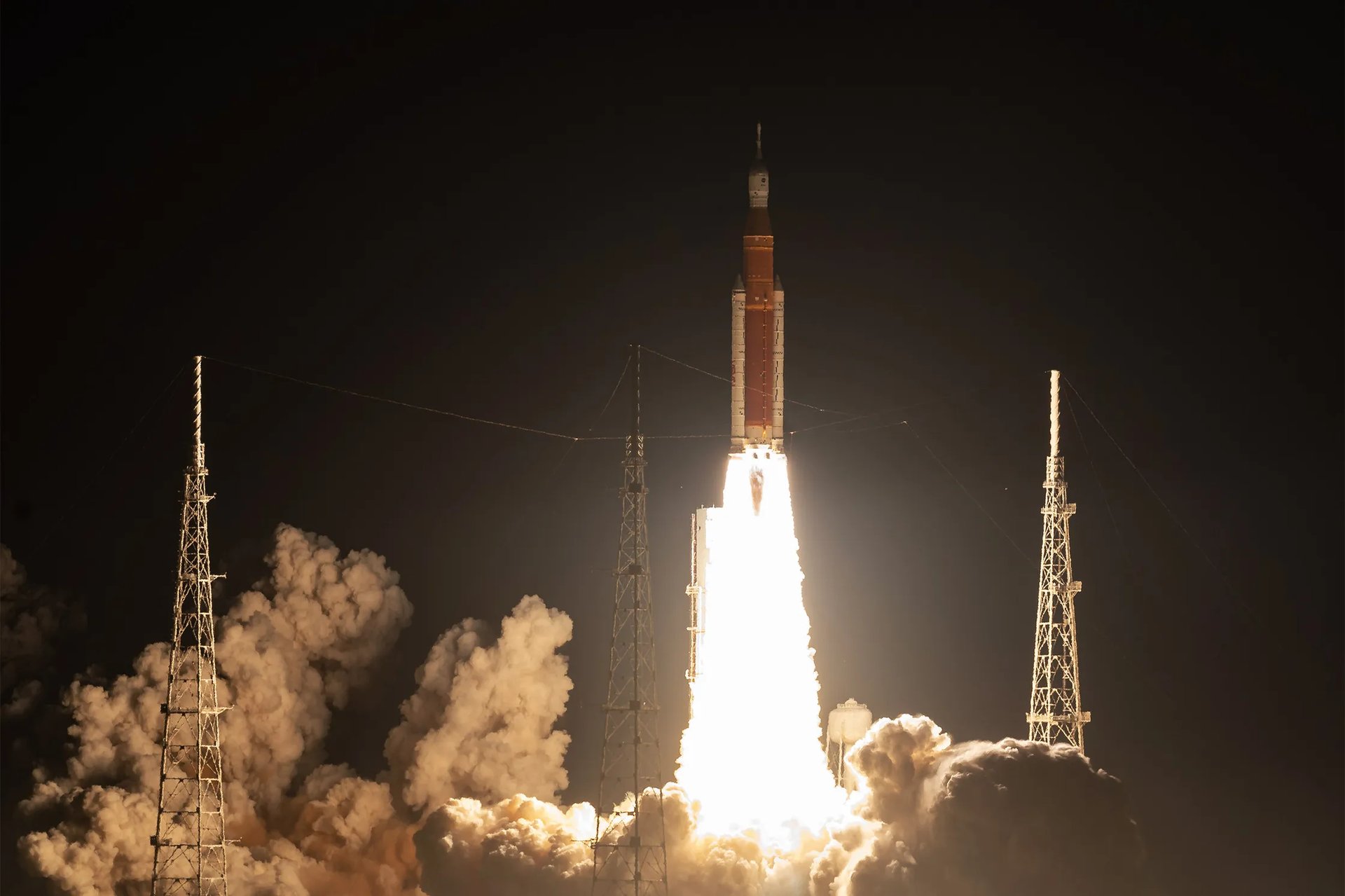
While all the technology of the Apollo program still exists in the form of blueprints and designs, all the human expertise that went into crafting those rockets and spaceships is now either retired or passed away.
Continue reading
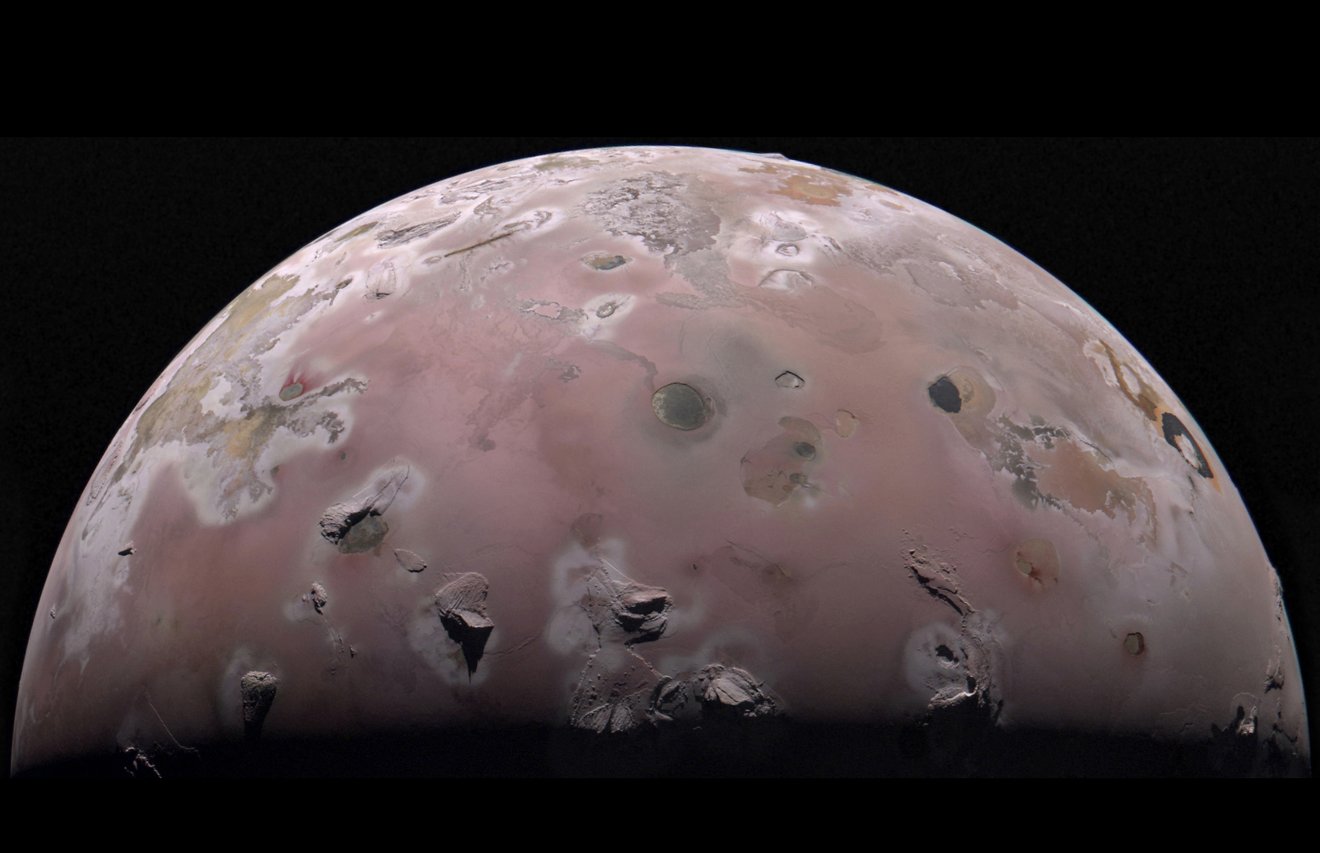
The JunoCam on NASA's Juno spacecraft has given us fantastic images of Jupiter and its moons, especially volcanic Io. But the instrument is suffering after years of exposure to Jupiter's intense radiation. There are few options for repairing that damage from such a great distance, but it looks like NASA's done it.
Continue reading
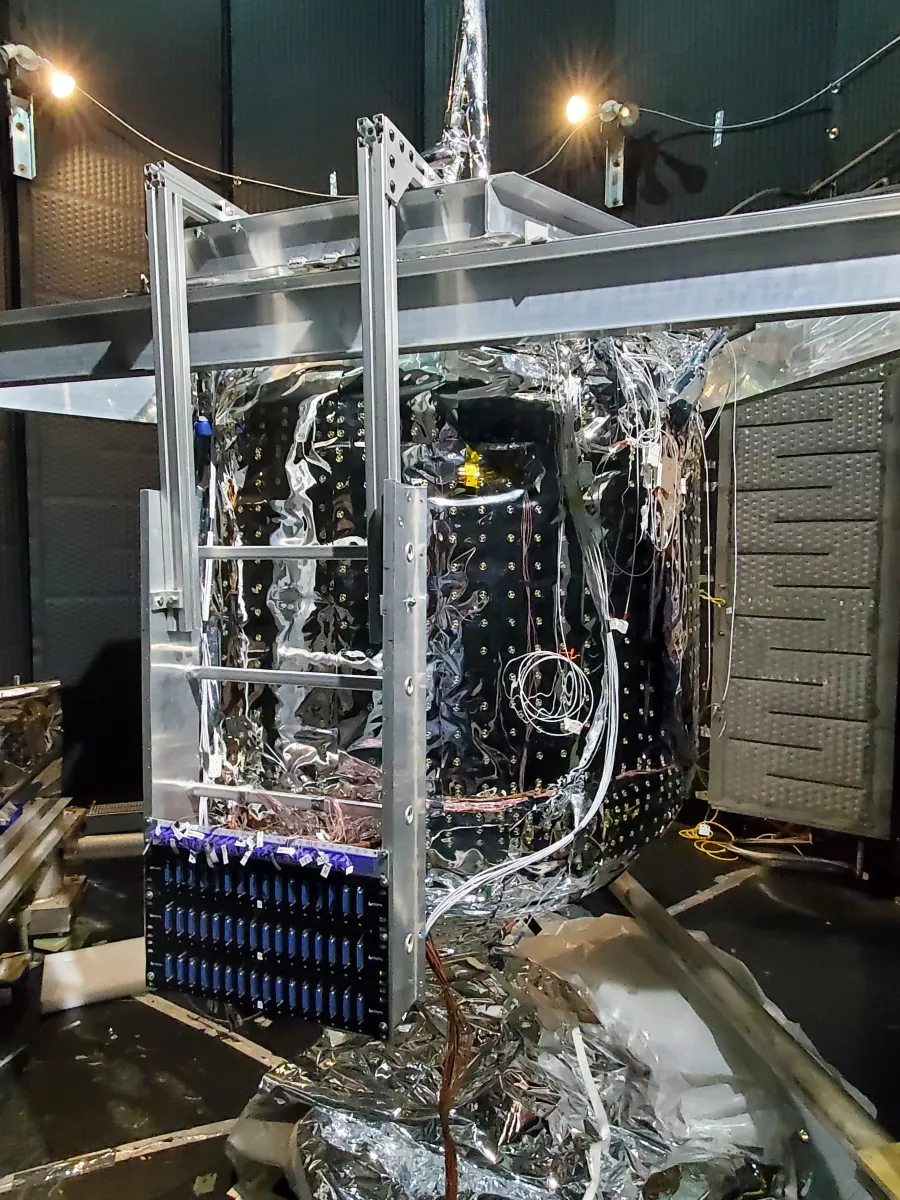
From an engineering perspective, space is surprisingly hot. Or, more specifically, solar energy can make systems that need to be kept at a very cold temperature heat up much more quickly than expected, given the reputation that space has of being cold. In some cases, this heating causes issues with long-term missions, which is why NASA is actively testing a two-stage active cryogenic system to keep one important consumable as cold as possible - fuel.
Continue reading
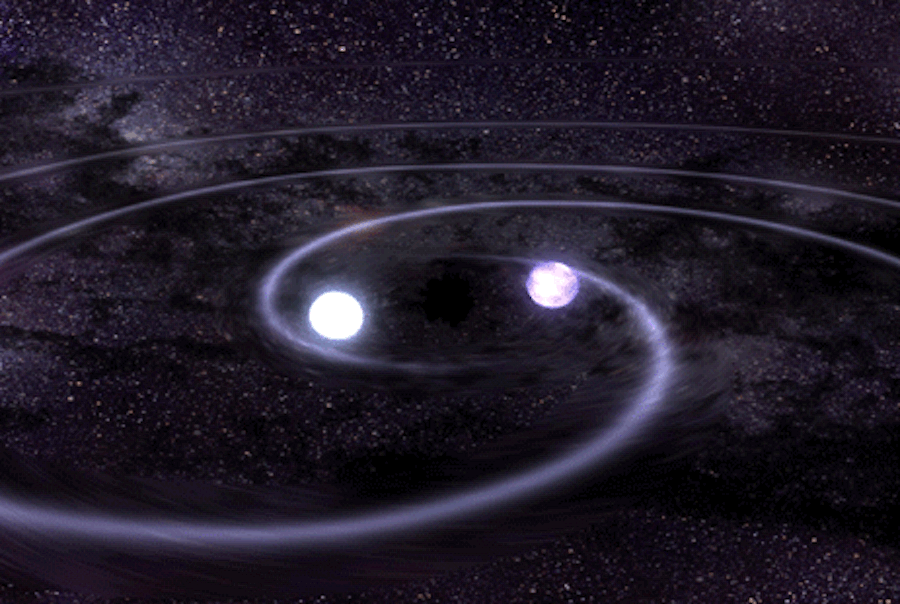
A team of astronomers using the Netherlands' powerful LOFAR radio telescope has found a white dwarf that's defying everything we thought we knew about them. Located over 3,500 light-years away, it’s pulsing out radio signals every 14 minutes with a twist, its radio waves mysteriously switch between spinning in circles and vibrating in straight lines. It's like discovering a lighthouse that randomly changes the shape of its beam, except this lighthouse is a star that died long ago and should be quietly cooling in space.
Continue reading
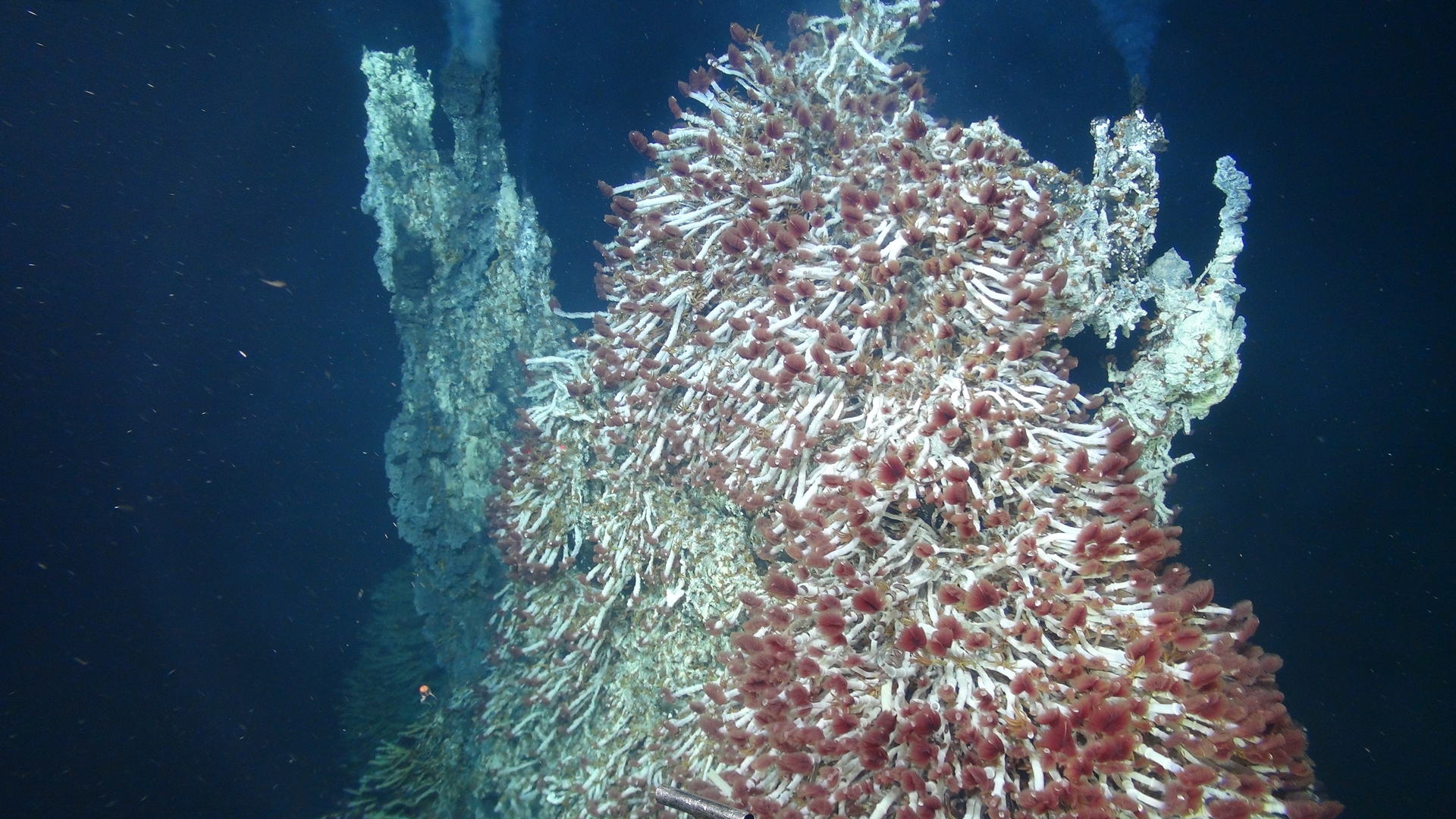
Los Angeles CA (SPX) Jul 22, 2025
NASA has awarded $621,000 to University of Massachusetts Amherst microbiologist James Holden to investigate what life might look like on Europa, Jupiter's ice-covered moon. To pursue answers, Holden is focusing his research on Earth's deep-sea volcanic hydrothermal vents-environments that may closely resemble Europa's subsurface conditions. Europa, beneath its frozen exterior, is believed
Continue reading
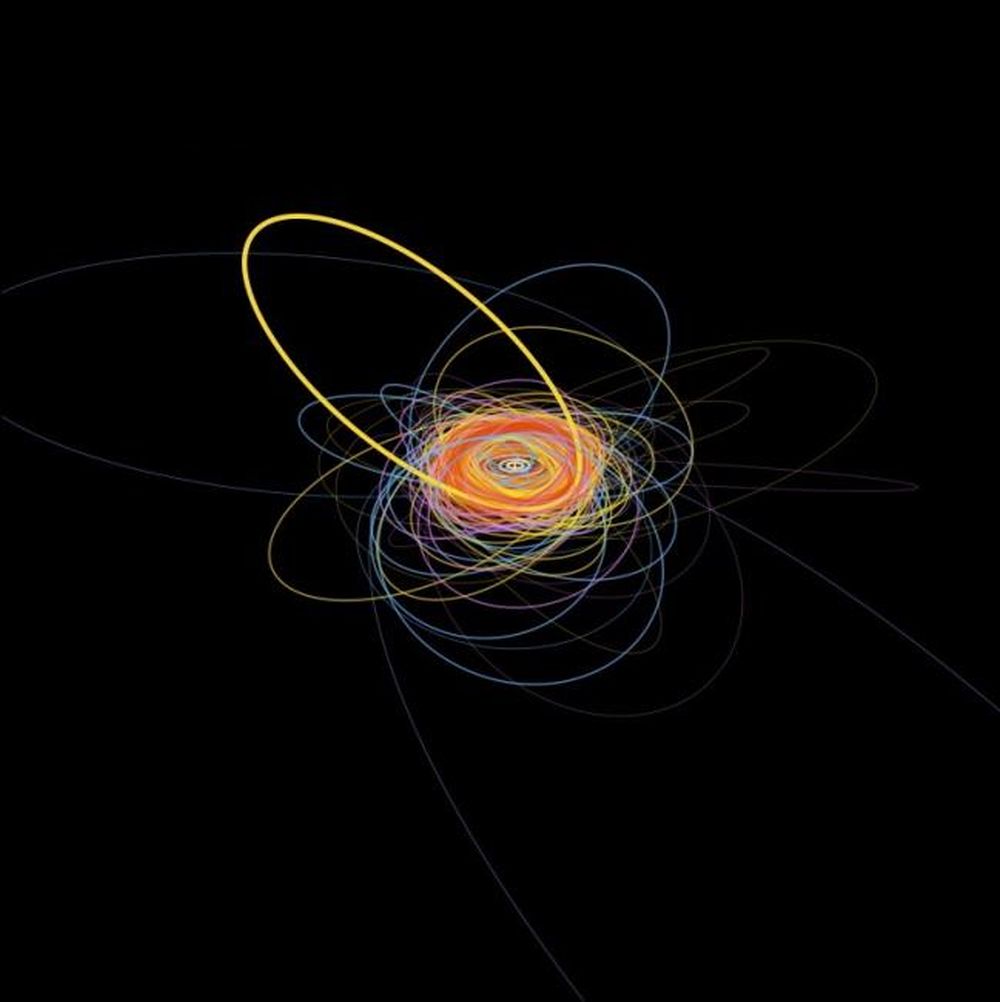
Astronomers have detected a Trans-Neptunian Object (TNO) that's moving in rhythm with Neptune. It's called 2020 VN40 and is the first confirmed object that orbits the Sun once for every ten Neptune orbits. It could be an example of an object caught by Neptune's gravity.
Continue reading

 Universe Today
Universe Today


















